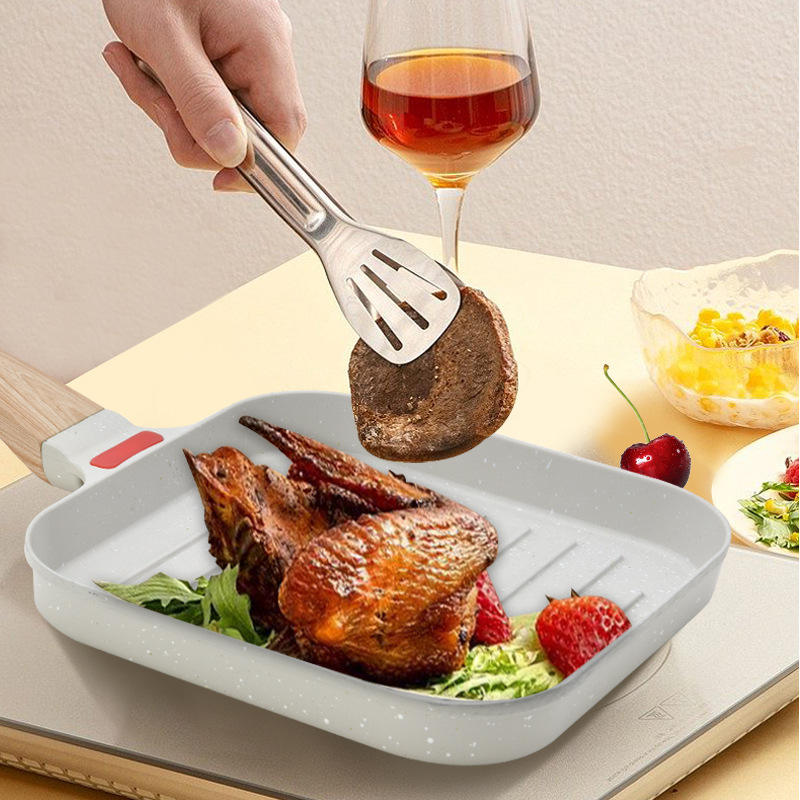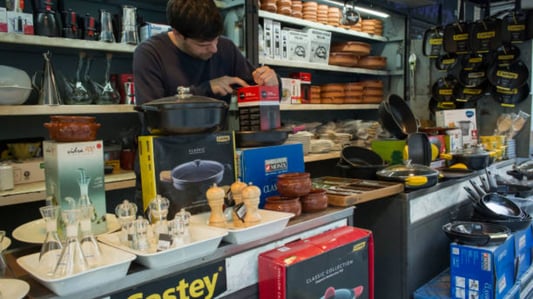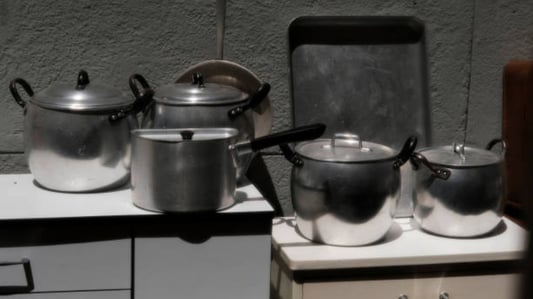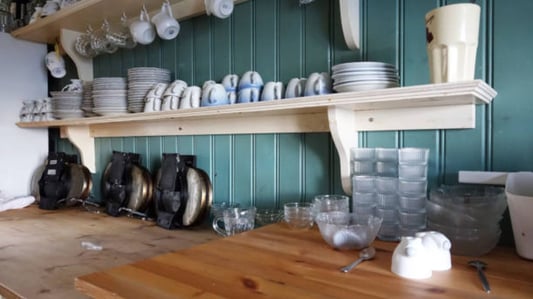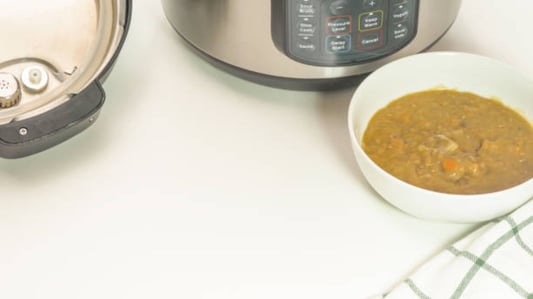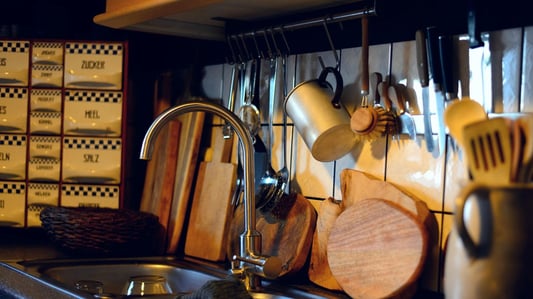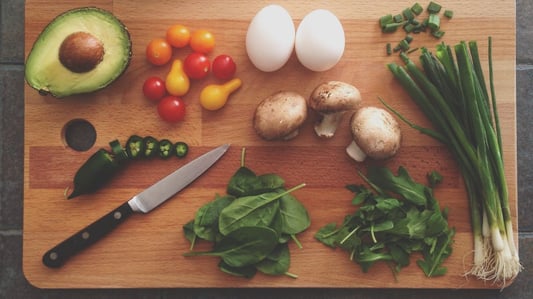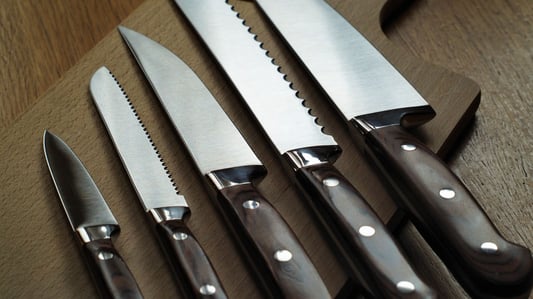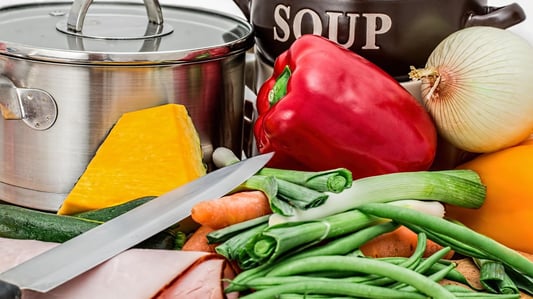1. Durability and LongevityStainless steel kitchenware sets are known for their durability and longevity. They are resistant to rust, corrosion, and stains, making them perfect for everyday use in the kitchen. Investing in a high-quality stainless steel kitchenware set means you won't have to worry about replacing your cookware anytime soon.2. Easy to Clean and MaintainOne of the top benefits of stainless steel kitchenware sets is how easy they are to clean and maintain. Unlike other materials, stainless steel is non-porous, which means it won't absorb odors or flavors from your food. Simply wash with soap and water, and your kitchenware will look as good as new.3. Heat Distribution and RetentionStainless steel kitchenware sets are excellent conductors of heat, ensuring even cooking and preventing hot spots. They also have great heat retention properties, meaning your food will stay warm for longer periods of time. Say goodbye to burnt spots on your dishes with stainless steel cookware.4. Versatility in the KitchenFrom stovetop cooking to oven baking, stainless steel kitchenware sets are incredibly versatile. You can use them for a wide range of cooking techniques, including searing, sautéing, boiling, and more. Their compatibility with different cooking methods makes them a go-to choice for chefs of all levels.5. Aesthetically Pleasing DesignStainless steel kitchenware sets have a sleek and modern design that can instantly elevate the look of your kitchen. Whether you prefer a classic or contemporary style, stainless steel cookware blends seamlessly with any kitchen decor. Impress your guests with a set of shiny stainless steel pots and pans.6. Non-Reactive to FoodsUnlike other materials like aluminum or copper, stainless steel is non-reactive to acidic and alkaline foods. This means you can cook a wide variety of dishes without worrying about a metallic taste or discoloration. Stainless steel kitchenware sets are safe for cooking all types of ingredients.7. Resistant to Scratches and DentsStainless steel kitchenware sets are highly resistant to scratches and dents, ensuring they will look great for years to come. Even with regular use, stainless steel cookware maintains its polished finish, making it a durable option for everyday cooking. Say goodbye to worn-out pots and pans.8. Lightweight and Easy to HandleDespite their sturdy construction, stainless steel kitchenware sets are surprisingly lightweight and easy to handle. Whether you're flipping pancakes or stirring a pot of soup, stainless steel cookware won't weigh you down. Cook with comfort and ease with a set of stainless steel kitchenware.9. Eco-Friendly ChoiceStainless steel is a sustainable and eco-friendly material that can be recycled indefinitely without losing its properties. By choosing stainless steel kitchenware sets, you're making a conscious decision to reduce your environmental impact. Cook with peace of mind knowing you're using a renewable resource.10. Affordable and Cost-EffectiveDespite their numerous benefits, stainless steel kitchenware sets are surprisingly affordable and cost-effective. With proper care and maintenance, a high-quality set can last you a lifetime, saving you money in the long run. Invest in stainless steel cookware and enjoy its many advantages for years to come.Quote InquiryContact us!

